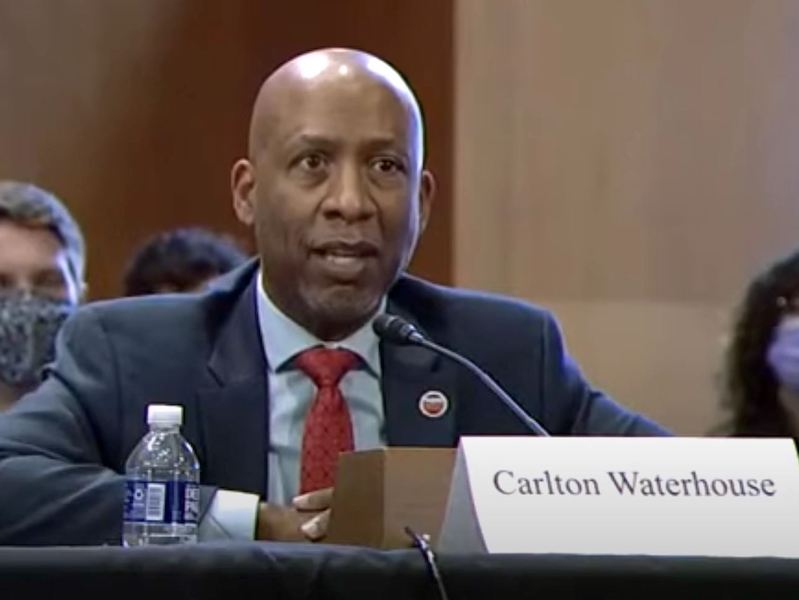The U.S. EPA added five PFAS chemicals to a list of risk-based values that help the agency determine if response or remediation activities are needed.
In a news release, the EPA says the action provides them with critical tools needed for Superfund and other Agency programs to investigate contamination and protect people from these PFAS chemicals using the latest peer-reviewed science.
 Carlton Waterhouse“Aggressively addressing PFAS across America is an active and ongoing priority to the Biden-Harris Administration,” says Carlton Waterhouse, EPA Deputy Assistant Administrator for the Office of Land and Emergency Management. “One key way that EPA is leading this effort is by relying on sound science to investigate risk from PFAS at Superfund sites.”
Carlton Waterhouse“Aggressively addressing PFAS across America is an active and ongoing priority to the Biden-Harris Administration,” says Carlton Waterhouse, EPA Deputy Assistant Administrator for the Office of Land and Emergency Management. “One key way that EPA is leading this effort is by relying on sound science to investigate risk from PFAS at Superfund sites.”
The EPA says screening and removal management levels are not cleanup standards but are risk-based values that help EPA determine if further investigation or actions are needed to protect public health, such as sampling, assessing risks, and taking further action, which could include providing alternative drinking water. They say this mechanism allows site teams to make better site decisions that will protect nearby communities.
The five PFAS additions include:
- Hexafluoropropylene oxide dimer acid and its ammonium salt (HFPO-DA – sometimes referred to as GenX chemicals).
- Perfluorooctanesulfonic acid (PFOS).
- Perfluorooctanoic acid (PFOA).
- Perfluorononanoic acid (PFNA).
- Perfluorohexanesulfonic acid (PFHxS).
EPA added the first PFAS substance — PFBS or perfluorobutanesulfonic acid — to the Regional Screening Level and Regional Removal Management Level lists in 2014 and updated it in 2021 when EPA released its updated toxicity assessment for PFBS.
The EPA says Regional Screening Levels are used to identify contaminated media (i.e., air, tap water, and soil) at a site that may need further investigation. They say, in general, if a contaminant concentration is below the screening level, no further action or investigation is needed. If the concentration is above the screening level, further investigation is generally needed to determine if some action is required. Regional Removal Management Levels are used to support EPA’s decisions to undertake a removal action under CERCLA, such as providing alternative drinking water, or remediation of contaminated media, if necessary.
In addition to updating the Regional Screening Levels and Regional Removal Management Levels, the EPA says it is moving as quickly as possible to update the interim health advisories for PFOA and PFOS to reflect new science and input from the Science Advisory Board. Concurrently, EPA says it will continue to develop a proposed PFAS National Drinking Water Regulation for publication in fall 2022.
EPA anticipates finalizing the rule in the fall of 2023.



































